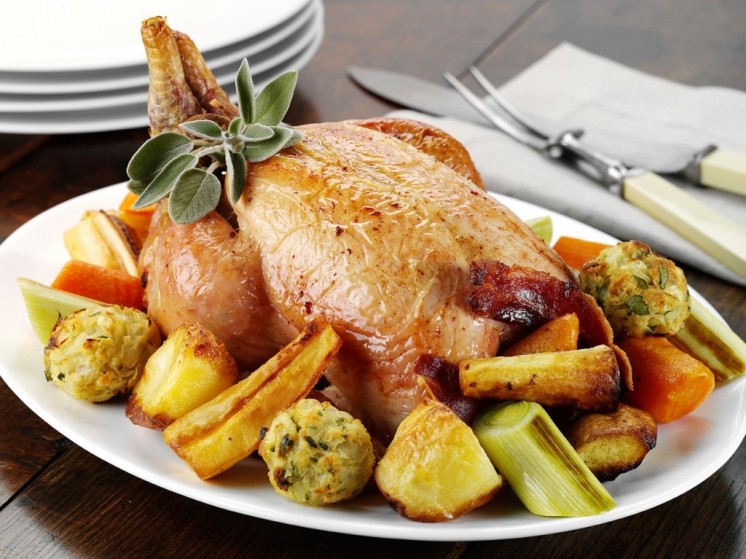Kitchen Hygiene Tips

How you can make sure the food you cook is safe
The poultry industry has a responsibility to produce the safest and highest quality products for consumers. We are involved in a wide-range of different initiatives to ensure that poultry products reach consumers’ kitchen in the safest possible condition.
However it is important for people to be aware that the food they cook at home for themselves and their family and friends can make them ill if correct hygiene practices are not followed. The food we eat is not sterile so everybody has a role to play to ensure food is safe to eat.
The FSA has created Kitchen Check so consumers can test their existing food safety behaviours in their own kitchen. This has a checklist allowing consumers to measure their behaviour against good practice and they also provide guidance on how to improve, with some top tips.
To ensure the food you cook is safe:
- Clear space and wash with hot, soapy water or disinfectant. Remove any pets from the kitchen
- Hands are one of the main ways germs are spread. You should wash them thoroughly with soap and warm water before starting any food preparation task and after touching raw meat products
- Make sure your fridge is set between 0°C and 5°C to prevent harmful germs from growing and multiplying
- Keep poultry and raw meat in covered containers on the bottom shelf to avoid raw juices contaminating other foods
- Wash your chopping board and knives in hot soapy water when you’ve finished with them and in between preparing raw and ready-to-eat food
- When possible, use dedicated chopping boards for each type of food
- Dirty, damp cloths are the perfect place for bacteria to breed. Food safety experts suggest you change or wash your tea towels, sponges, aprons and dish-cloths on a daily basis
- Use disinfectants and cleaning products that are designed for kitchen use
- Make sure poultry is properly cooked by cutting into the thickest part to check it is steaming hot, with no pink meat, and that the juices run clear.

